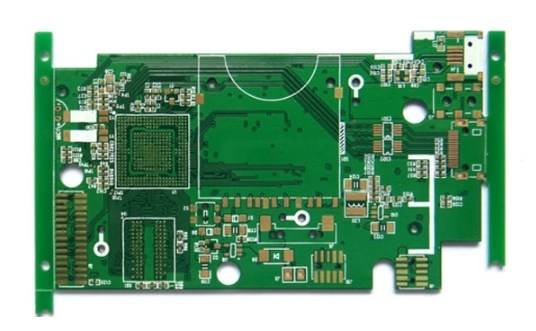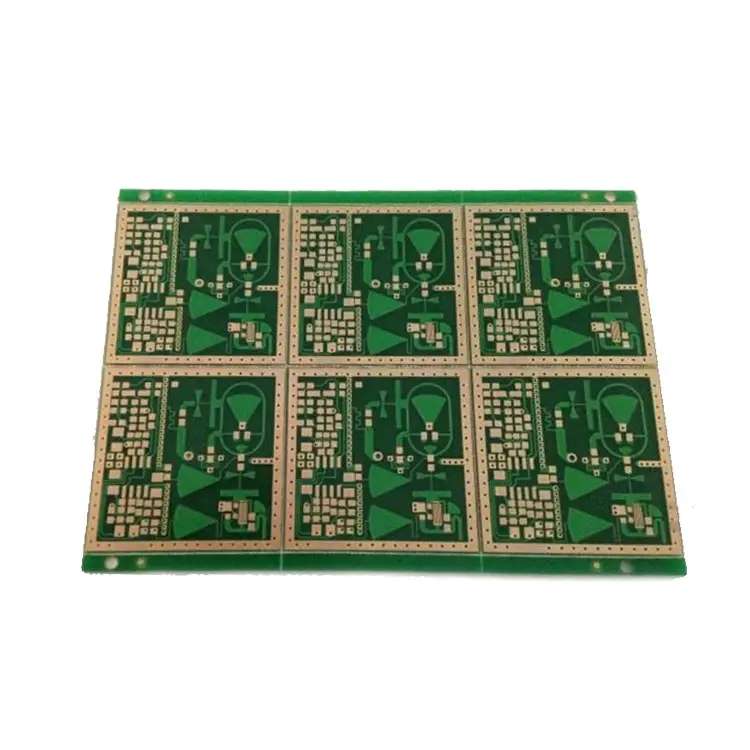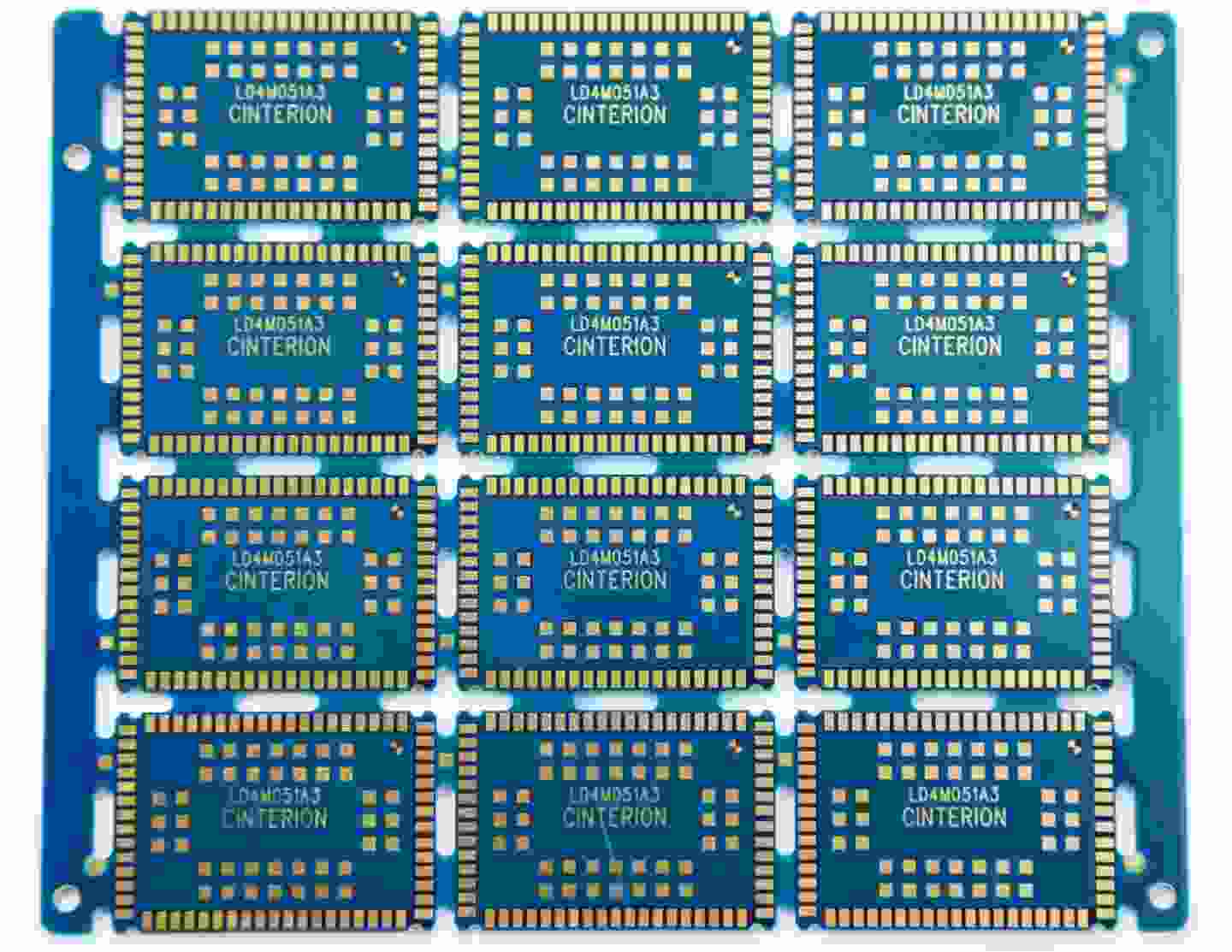
Pcb layout How do beginners understand differential signals
What is differential signal? Generally speaking, the driver sends two equivalent and inverse signals, and the receiver judges whether the logic state is "0" or "1" by comparing the difference between the two voltages. The pair of lines carrying differential signals is called differential lines. How to calculate differential line impedance? The impedance of various differential signals is different, such as USB D+D -, the differential line impedance is 90 ohm, and the differential line impedance of 1394 is 110 ohm. You'd better consult the specifications or relevant information first. There are many impedance calculation tools, such as polar's si9000. The factors that affect differential impedance include line width, differential line spacing, dielectric constant, and dielectric thickness (the dielectric thickness between the differential line and the reference plane). Generally, the differential impedance is controlled by adjusting the differential line spacing and line width. When making the board, the manufacturer should also explain which lines should control the impedance. A differential signal uses a numerical value to represent the difference between two physical quantities. Strictly speaking, all voltage signals are differential, because one voltage can only be relative to another voltage. In some systems, system ground is used as the voltage reference point. When 'ground' is used as the voltage measurement reference, this signal planning is called single ended. We use this term because the signal is represented by the voltage on a single conductor.

For PCB LAYOUT engineers, the most important thing is to ensure that these advantages of differential routing can be fully utilized in actual routing. Maybe anyone who has been in contact with Layout will understand the general requirements of differential routing. The design of pcb is "equal length, equal distance". Equal length is to ensure that two differential signals maintain opposite polarity at all times and reduce common mode components; Isometric is mainly used to ensure the consistency of differential impedance and reduce reflection. The principle of "as close as possible" is sometimes one of the requirements of differential routing. The differential routing can also run in different signal layers, but it is generally not recommended, because the difference in impedance and via generated by different layers will destroy the effect of differential mode transmission and introduce common mode noise. In addition, if the adjacent two layers are not tightly coupled, the noise resistance ability of the differential routing will be reduced. However, if the distance between the differential routing and the surrounding routing is appropriate, crosstalk will not be a problem. At ordinary frequencies (below GHz), EMI will not be a serious problem. Experiments show that the radiation energy attenuation of the differential line with a distance of 500Mils has reached 60dB 3 meters away, which is sufficient to meet the electromagnetic radiation standard of FCC. Therefore, designers need not worry too much about the electromagnetic incompatibility caused by insufficient coupling of the differential line. However, all these rules are not hard to copy. Many engineers do not seem to understand the nature of high-speed differential signal transmission. The following focuses on several common mistakes in differential signal design of PCB board.
The differential routing must be close to each other. The purpose of closing the differential wiring is to enhance their coupling, which can not only improve their immunity to noise, but also make full use of the opposite polarity of the magnetic field to offset the electromagnetic interference to the outside world. Although this approach is very beneficial in most cases, it is not absolute. If we can ensure that they are fully shielded from external interference, then we do not need to achieve the purpose of anti-interference and EMI suppression through strong coupling with each other. How can we ensure that the differential wiring has good isolation and shielding? Increasing the distance between lines and other signals is one of the most basic ways. The energy of electromagnetic field decreases with the distance in a square relationship. Generally, when the distance between lines exceeds 4 times the line width, the interference between them is extremely weak and can be ignored. In addition, the isolation of the ground plane can also play a very good shielding role. This structure is often used in the design of high-frequency (10G or above) IC packaging PCBs. It is called CPW structure, which can ensure strict differential impedance control (2Z0). PCB assembly and PCB processing manufacturers introduce how pcb layout beginners understand differential signals.









